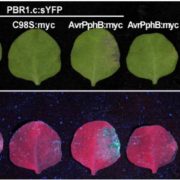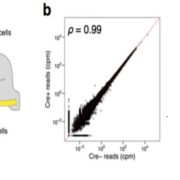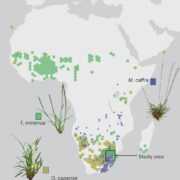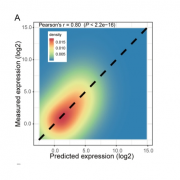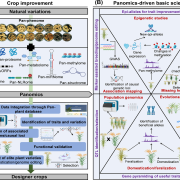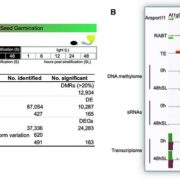Review: Complementing model species with model clades
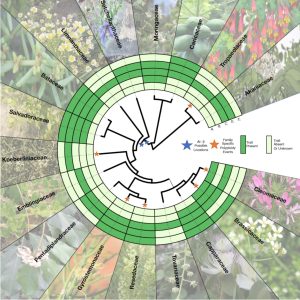 Without doubt, Arabidopsis thaliana has thoroughly demonstrated its usefulness as a model species. In this interesting article by Mabry et al. (with an impressive author list!), the authors propose to expand the Arabidopsis toolkit to encompass its entire order – its family of families, the Brassicales. Brassicales includes approximately 4700 species in 18 families, including the familiar Brassicaceae family (cabbages and Arabidopsis) but also Tropaeolum (nasturtiums), Caricaceae (papaya) and many more. Building a model clade of this magnitude seems ambitious, but current sequencing technologies render it feasible. In addition to the challenge of gathering genomic data that spans the many species and families, there is the additional challenge of extensive polyploidization across the order, which not only increases genome size but also leads to selective gene loss, thus making it more difficult to identify direct comparisons between genes; interestingly, several tools have been developed for addressing these challenges. The article touches on some of the biological insights (flower development, small RNAs) gleaned from Arabidopsis research and how they can be informed by comparative studies on the broader, “model clade”. There’s also discussion about looking at specialized metabolites, “woodiness”, photosynthesis, and extremophytism in the Brasicales. The article concludes with the need for an integrated, global community to work together to expand from model species to model clade. (Summary by Mary Williams @PlantTeaching) Plant Cell 10.1093/plcell/koad260
Without doubt, Arabidopsis thaliana has thoroughly demonstrated its usefulness as a model species. In this interesting article by Mabry et al. (with an impressive author list!), the authors propose to expand the Arabidopsis toolkit to encompass its entire order – its family of families, the Brassicales. Brassicales includes approximately 4700 species in 18 families, including the familiar Brassicaceae family (cabbages and Arabidopsis) but also Tropaeolum (nasturtiums), Caricaceae (papaya) and many more. Building a model clade of this magnitude seems ambitious, but current sequencing technologies render it feasible. In addition to the challenge of gathering genomic data that spans the many species and families, there is the additional challenge of extensive polyploidization across the order, which not only increases genome size but also leads to selective gene loss, thus making it more difficult to identify direct comparisons between genes; interestingly, several tools have been developed for addressing these challenges. The article touches on some of the biological insights (flower development, small RNAs) gleaned from Arabidopsis research and how they can be informed by comparative studies on the broader, “model clade”. There’s also discussion about looking at specialized metabolites, “woodiness”, photosynthesis, and extremophytism in the Brasicales. The article concludes with the need for an integrated, global community to work together to expand from model species to model clade. (Summary by Mary Williams @PlantTeaching) Plant Cell 10.1093/plcell/koad260



